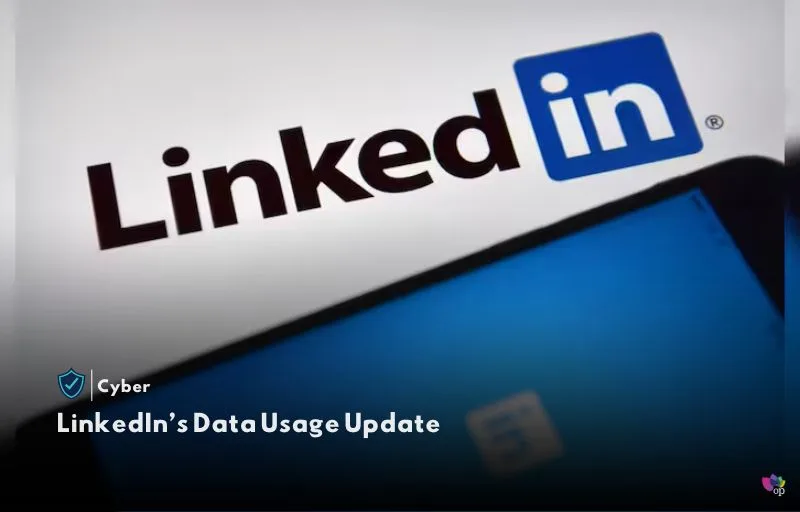Overview: LinkedIn has updated its User Agreement and Privacy Policy to clarify how it utilizes user data for developing generative AI tools. These updates outline the scope of data usage, including potentially sensitive information shared within direct messages (DMs), raising concerns about privacy and data security.
Key Changes: LinkedIn’s recent policy updates detail how user-generated content, including public posts, can be used to train its AI models. According to the company, the language in the Privacy Policy now specifies that personal data may be leveraged for various purposes, such as improving services, developing AI models, and personalizing user experiences.
The revised section states, “We may use your data to improve, develop, and provide products and Services, develop and train artificial intelligence (AI) models, develop, provide, and personalize our Services, and gain insights with the help of AI, automated systems, and inferences.” This comprehensive use of data emphasizes LinkedIn’s commitment to enhancing its platform with AI capabilities.
One of the more concerning aspects of these updates is that LinkedIn does not explicitly exclude direct messages from this data usage policy. This ambiguity raises the possibility that information shared privately could be utilized for AI training and advertising purposes, a practice that some users may find alarming. In contrast, Meta has clarified that private messages are not used to train its AI systems, nor do they involve data from users under 18. LinkedIn’s lack of such assurance in its documentation is particularly noteworthy.
User Control and Opt-Out Options: In response to potential user concerns, LinkedIn has introduced an option to opt out of AI training. Users can disable the feature if they prefer not to have their information harvested for these purposes. This flexibility gives users more control over how their data is utilized, although the default settings still encourage data sharing for AI enhancements.
Implications for Users: The integration of generative AI into LinkedIn’s offerings brings both opportunities and challenges. On one hand, the use of AI can enhance the user experience by providing personalized content and more relevant job recommendations. On the other hand, the potential use of private data for AI training without explicit user consent raises significant privacy concerns.
For professionals relying on LinkedIn for networking, job applications, and career growth, understanding these policy changes is crucial. Users must weigh the benefits of enhanced AI functionalities against the possible risks to their personal information. The lack of clarity around the handling of direct messages may deter some users from fully engaging with the platform, particularly those who prioritize privacy.
In summary, as LinkedIn continues to evolve with AI technologies, users should remain vigilant about how their data is being used and take advantage of the available privacy options to protect their information. The shift towards AI-driven services marks a significant change in the platform’s dynamics, making it essential for users to stay informed and proactive regarding their data privacy rights.
References


